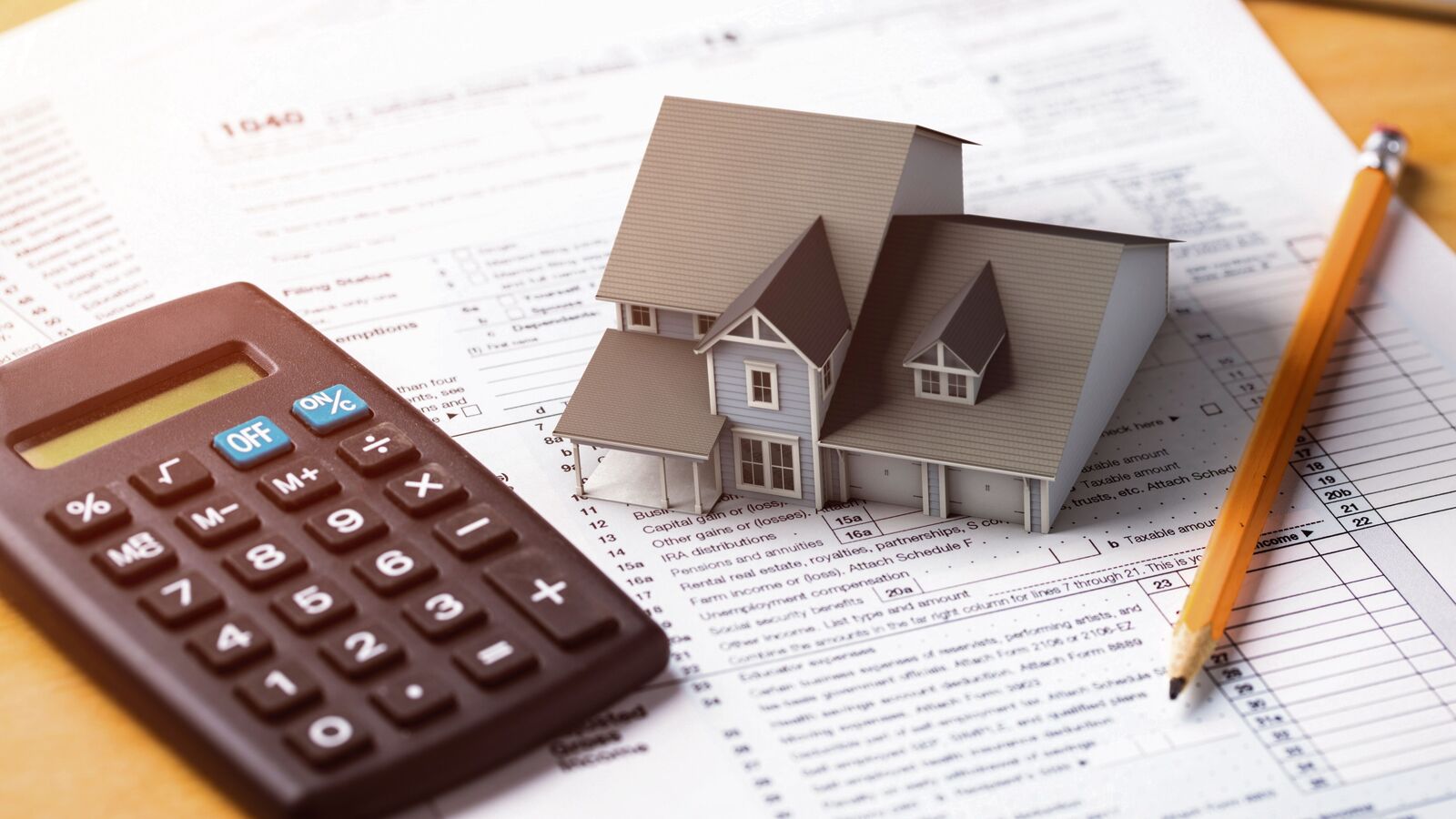Selling property? The 12.5% tax may push you into a higher surcharge bracket

The government had allowed taxpayers to choose between a lower 12.5% tax rate on long-term capital gains (LTCG) without indexation or a 20% rate with indexation from property sales.
This applies to properties sold on or after 23 July 2024. The concession doesn’t extend to surcharge and cess calculations, leading to a higher overall tax burden. This article explains the changes in LTCG on real estate and what can be done to ease the tax burden.
Grandfathering benefit doesn’t extend to surcharge
The Finance Bill 2024 introduced the optional lower tax rate with retrospective effect for individuals selling land or buildings. “The Finance Bill 2024 changed the tax rate on long term capital assets, being land or building for Individual and HUFs, from 20% to 12.5%. This change was brought with retrospective effect from properties which are sold on or after 23 July 2024,” said CA Kinjal Bhuta, treasurer, Bombay Chartered Accountants Society.
To protect older buyers, the government introduced a “grandfathering” clause, allowing those who purchased property before the cut-off to choose whichever option — 20% with indexation or 12.5% without — results in lower tax liability. However, this relief doesn’t apply when calculating surcharge, which is based on total income, not the taxable income after indexation.
This subtle but crucial detail is where taxpayers are getting caught unaware, experts say. “Your capital gains from real estate get added to your total income, and that can push you into a higher surcharge bracket. This means, even if your salary is just ₹20 lakh, if your unindexed capital gains push your total income above ₹50 lakhs, surcharge will still kick in,” said CA Gautam Nayak, partner at CNK & Associates LLP.
How surcharge works
Surcharge is an additional tax charged on the income tax payable when an individual’s total income exceeds certain thresholds. The surcharge rate varies based on income slabs. If your total income falls between ₹50 lakh and ₹1 crore, a 10% surcharge is applied on the income tax. This increases to 15% for income between ₹1 crore and ₹2 crore, and 25% for income between ₹2 crore and ₹5 crore.
There are certain cases where the surcharge is limited to 15%. This includes income from dividends, short-term capital gains under Section 111A (like gains from listed shares or mutual funds with STT), and long-term capital gains under Sections 112 and 112A (such as profits from selling real estate, unlisted shares, or listed shares where STT is paid and gains exceed ₹1 lakh). The 15% surcharge cap also applies to income earned by foreign portfolio investors under Section 115AD(1)(b).
For associations of persons (AOPs)—entities formed by individuals or groups for a common purpose but not registered as companies—the surcharge is also capped at 15%. This ensures that AOPs are not burdened with excessive tax rates, even when their total income is high. Under the Income Tax Act, AOPs are treated as separate taxable entities.
Where it hurts, an example
Suppose you bought a property for ₹1 crore and sold it for ₹2 crore. Without indexation, your capital gain is ₹1 crore. With indexation, your cost rises to ₹1.5 crore, reducing the gain to ₹50 lakh. Add a ₹50 lakh salary, and your taxable income is ₹1 crore. But for surcharge purposes, income is treated as ₹1.5 crore — pushing you into the 15% surcharge slab instead of 10%.
“The choice to calculate capital gains with or without indexation is available solely for the limited objective of computing capital gains tax under Section 112. However, when it comes to determining total income, capital gains calculated without indexation are taken into account in the absence of similar relief”, according to Ashish Karundia, chartered accountant and founder, Ashish Karundia & Co.
In simple terms, you could owe no tax on capital gains due to indexation but still be liable for surcharge — a tax on tax. This is because the income tax utility considers your total gross income, including capital gains without indexation, for surcharge purposes.
That disconnect between what’s used for tax calculation and what’s used for surcharge is at the heart of the problem.
What experts say
Experts say part of the confusion stems from how the income tax utility software is programmed.
“The utility software is adding non-indexed capital gains to the total income for surcharge. That’s how income tax utility coding has been done. Ideally, it should have been a corresponding gains calculation. If tax as per indexation calculation is to be considered, then indexed gains should have been considered,” noted CA Pankaj Bhuta, founder of P.R. Bhuta & Co.
According to Bhuta, the Supreme Court has in the past pulled up authorities over such mismatches — yet the problem persists. “If the GTI (gross total income) increases beyond ₹50 lakh, then surcharge will continue to apply even in a case when there is no tax payable on LTCG. This may bring some absurd results and higher tax burden due to surcharge applicability.”
This leaves taxpayers in an odd position, choosing indexation might lower capital gains tax, but it may still increase surcharge liability, especially if the gross income crosses ₹50 lakh or ₹1 crore.
The bottom line
The disconnect between how tax is computed and how surcharge is applied has created an unintended tax trap for property sellers, according to experts. Choosing indexation may save tax but still push gross income past surcharge thresholds, leading to a higher overall outflow.
Experts say a simple clarification or software correction could fix the issue. Until then, taxpayers using the new 12.5% LTCG option must tread carefully and consider not just the tax but also the surcharge.




